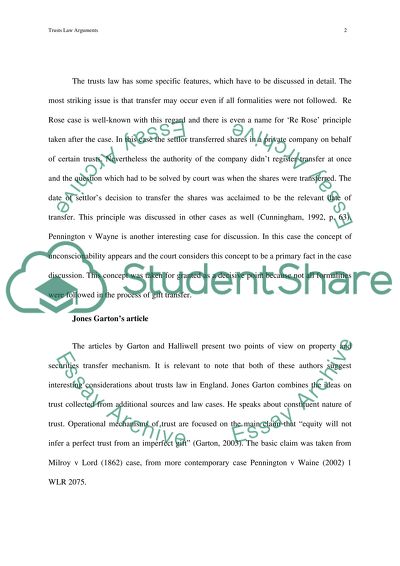Cite this document
(“Trusts Law Arguments by Jones Garton and Margaret Halliwell Essay”, n.d.)
Retrieved from https://studentshare.org/law/1405608-is-either-argument-to-be-preferred
Retrieved from https://studentshare.org/law/1405608-is-either-argument-to-be-preferred
(Trusts Law Arguments by Jones Garton and Margaret Halliwell Essay)
https://studentshare.org/law/1405608-is-either-argument-to-be-preferred.
https://studentshare.org/law/1405608-is-either-argument-to-be-preferred.
“Trusts Law Arguments by Jones Garton and Margaret Halliwell Essay”, n.d. https://studentshare.org/law/1405608-is-either-argument-to-be-preferred.


